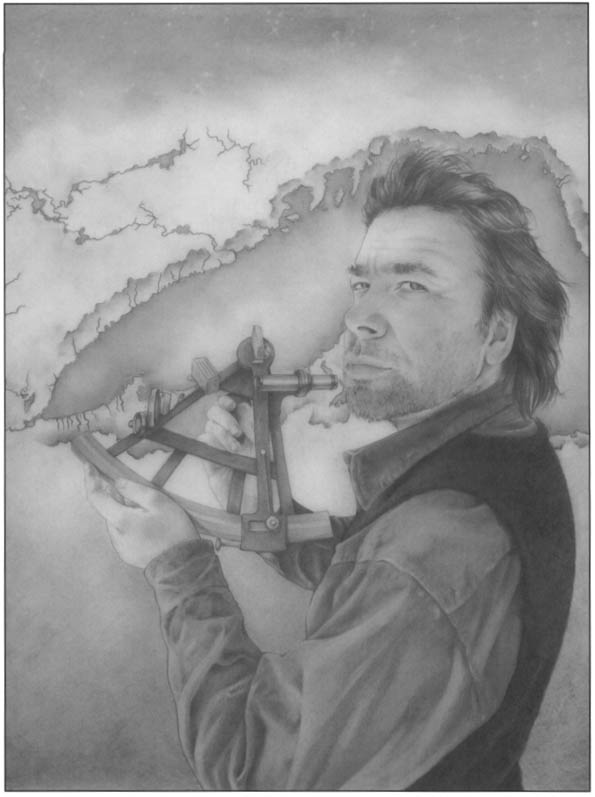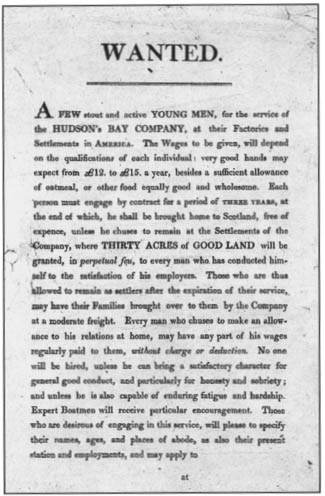

Stories of Canada
Mapping the
Wilderness
The Story of David Thompson
by
Tom Shardlow
Illustrations by Chrissie Wysotski
Series editor: Allister Thompson
Napoleon Publishing

Text copyright 2006 Tom Shardlow
Illustrations copyright 2006 Chrissie Wysotski
All rights in this book are reserved. No part of this publication may be reproduced, stored in a retrieval system or transmitted, in any form or by any means, digital, mechanical, photocopying or otherwise, without the prior written consent of the publisher.
Napoleon Publishing Toronto Ontario Canada |  |

Napoleon Publishing acknowledges the support of the Canada Council for our publishing program.
Printed in Canada
10 09 08 07 06 5 4 3 2 1
Library and Archives Canada Cataloguing in Publication
Shardlow, Tom (Thomas Frost), date
Mapping the wilderness : the story of David Thompson / Tom Shardlow.
Includes bibliographical references and index.
ISBN 0-929141-85-7 (bound)
1. Thompson, David, 1770-1857--Juvenile literature. 2. Surveyors--Canada--Biography--Juvenile literature. 3. Cartographers--Canada--Biography--Juvenile literature. I. Title.
TA533.T56S43 2006 526.9092 C2006-903890-2
For Erin and Brianne,
always wanting another story
Contents


An Unmarked Grave
When David Thompsons body was buried in 1857, no one marked his grave. Few people knew anything about the eighty-seven-year-old man, except that he was poor and had been selling his clothes and some old surveying instruments to buy food. Some said he had left behind a half-Indian wife. Three months later, penniless and alone, his Mtis wife Charlotte also died. She was buried next to her husband of sixty years. Charlottes grave was also unmarked.
It wasnt until 1915, after a Canadian government geologist named Joseph Tyrell uncovered and published the old mans journal, that a small monument was erected at Thompsons grave in Mount Royal Cemetery, Montreal. It reads: DAVID THOMPSON 1770-1857. TO THE MEMORY OF THE GREATEST OF CANADIAN GEOGRAPHERS WHO FOR 34 YEARS EXPLORED AND MAPPED THE MAIN TRAVEL ROUTES BETWEEN THE ST. LAWRENCE AND THE PACIFIC.

NO PORTRAIT
No portrait of David Thompson was ever made during his lifetime. Some say he looked like John Bunyan, the famous English preacher. Others say he looked like John Philpot Curran, the Irish orator. Still others have shown him looking exactly like Simon Fraser, the explorer and adventurer after whom the Fraser River is named.

A Remarkable Explorer
David Thompsons epitaph only begins to tell us about this modest yet remarkable man. Few explorers in history can match the accomplishments of David Thompson. He plotted and mapped over five million square kilometres of North America west of Hudson Bay. He explored the headwaters of the Mississippi. He was first to follow and chart the Columbia River from its source to the Pacific Ocean. He discovered the Athabaska Pass through the Rocky Mountains, forged many wilderness trails and established many trading posts for the North West Company across the continent. When he retired in 1812 to finish his map, David Thompson had travelled some eighty thousand kilometres on foot, horseback and canoe and had mapped a continental area whose scale is unparalleled in human history.

A STICKLER FOR DETAILS
David Thompsons detailed information of the Canadian landscape was so complete and accurate that mapmakers were to use his observations for more than a hundred years.

Why Were His Achievements Ignored?
Other Canadian explorers who lived in Thompsons day became famous in their own time. Alexander Mackenzie, who followed the magnificent Mackenzie River to the Arctic Ocean and who was the first to travel overland to the Pacific in 1793, was knighted by King George III. Simon Fraser, who explored the Peace River, established the first trading post in British Columbia and who was the first to map and follow the mighty Fraser River to the Pacific Ocean in 1808, was a living legend. Why were David Thompsons achievements ignored for so long?
Some say it was because he deserted the Hudsons Bay Company and joined with their rival, the North West Company. Others say it was because he needlessly delayed exploring the Columbia River to the Pacific which allowed the United States, instead of Canada, to claim the rich Columbia territory. After so many years, the truth of these allegations is hard to know. But today these criticisms seem like drops in the ocean when compared to his achievements.

MODEST EXPLORERS
Unlike other explorers, Thompson was reluctant to name the places he discovered after himself. It was Simon Fraser who named the Thompson River in British Columbia after his fellow explorer. Thompson, maybe in appreciation, gave the Fraser River its name.

Arriving In The New World
On the afternoon of September 2nd, 1784, David Thompson walked down the gang plank of the Hudsons Bay Company ship Prince Rupert and stepped onto the western shore of Hudson Bay. He was fourteen years old and had landed at Churchill Factory, the Hudsons Bay Company company post in Ruperts Land. He was thankful to have survived the turbulent seas and treacherous icebergs of the North Atlantic, but he was not happy. He had trained to be a midshipman or a junior navigator. He had hoped to enter the Royal Navy or to join a merchant ship, but instead he was beginning a seven year term as a fur trading apprentice to the Hudsons Bay Company (HBC).

An HBC advertisement designed to attract workers
Next page




















